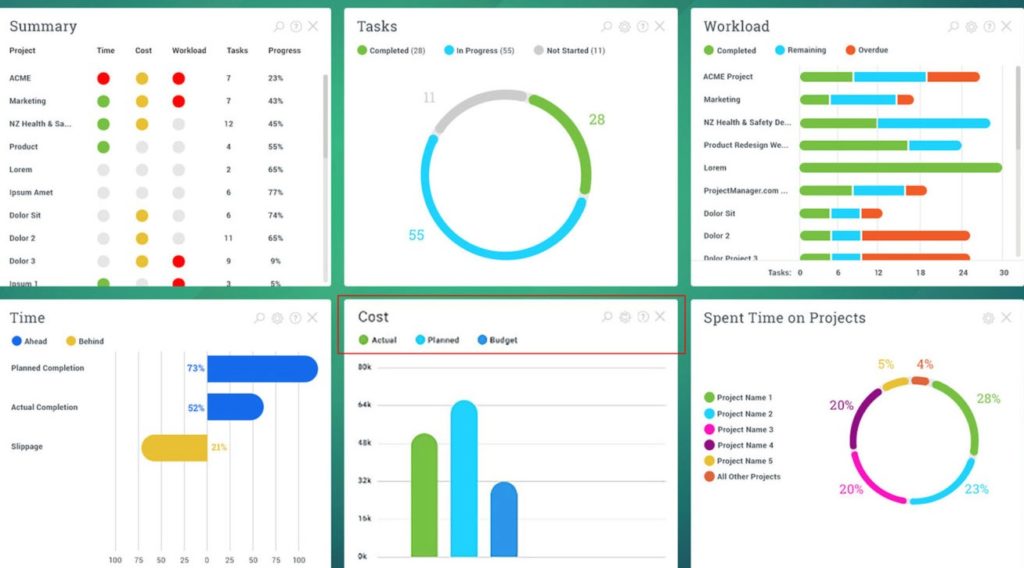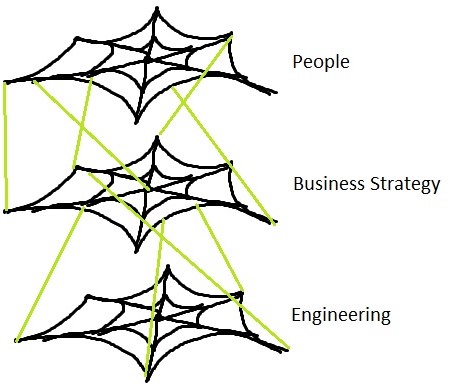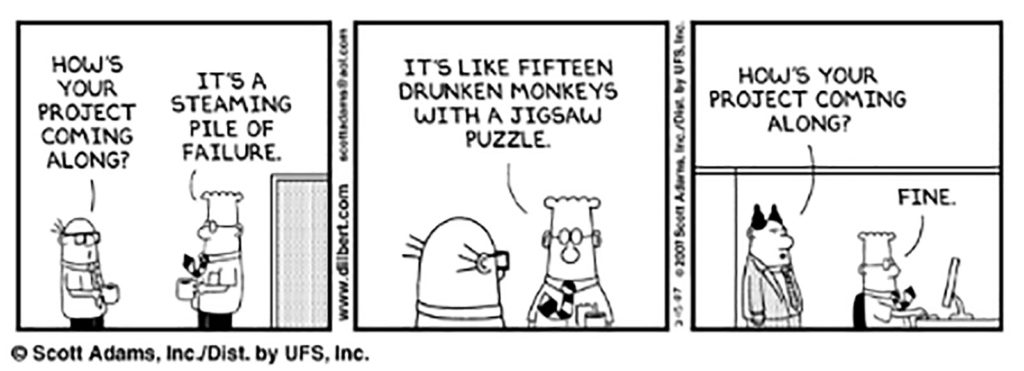What does a Program Manager do?
It’s not a role that you come out of college pursuing, and it’s often not well-defined or understood. It melds together technical skills, interpersonal skills, and organization skills. There’s many analogies if you Google search “program management”:
- Program Managers shepherd products across their lifecycle. They coordinate development among cross-functional teams like engineering, marketing, and legal. They help at the beginning of a project to define its scope pre-launch, launch, scaling, optimizing, and sunsetting.
- Program Managers are part EMS (emergency medical service) to help triage issues that come up. They’re part ballet dancer to be flexible to influence others. They’re part orchestra conductor to push or rest members to balance the overall team.
- If things run smoothly, you wonder why you needed a Program Manager. If things are rough, you wish you had a Program Manager.
- Program Managers are like the front person on a curling team (the winter sport where you slide rocks on ice). They clear the runway to have as smooth and directed impact as possible.

What do Program Managers produce as output?
Most people associate status dashboards, budgets, meeting notes, bug burndown charts, lists of risks and mitigation plans, SCRUM/agile development plans, and timelines with Program Managers. They’re tools of the trade, not the end itself.

There’s magic to great Program Management that will propel products with exceptional force, and the magic is in the unseen: it’s in clearing the runway before anyone realizes there would’ve been an issue.
The magic of exceptional Program Managers
There’s 2 buckets in my mind that set exceptional Program Managers apart.
1. They marry human skills with the day-to-day.
At the end of the day, products live and die by the team behind them. You must understand the people behind a product with genuine curiosity and empathy. That’s the only way to build a motivated, resilient team in the long-term.
- How burned out is your team? Do they have energy in the tank for both V2 features and V1 support?
- In your regular chat with the tech lead of Team B, he mentions that they’re also integrating with Team C. You get the gut feeling that Team B’s overprescribed, even though they promise to deliver your feature on time. With that awareness, you proactively manage the risk.
- Your Business Development lead mentions to you that a contract with Company A is behind schedule. Then your tech lead mentions that integration with Company A is “kinda maybe” at risk. Alone, neither comment may come to light, but you’re the only one who links the two together, and you come up with a mitigation plan for Company A before you get to the deadline with no launch.
Program Management is as much about reading people as it is about engineering. Long-term, products will live and die by the people behind them.

2. They make non-issues before they even come to light.
This is the most thankless part of the job but also very rewarding. If you can spot a risk and quelch it so far ahead that no one even knows about it, it’s magic. You likely won’t get credit for it, and if you’re good at it, you won’t even think to mention what you did, since you just do it all the time.
The small decisions, like which engineer to put on what feature, or which company to partner with for an initial launch, all add up in a multi-year project. A Program Manager who has a well-understood cadence and knowledge of the teams will make so many of these decisions that the product will just seem to work seamlessly, and often people will simply say, “I don’t know, it was just a well-run project.”

The Lesser-Known Skills
The top skills quoted for Program Management are communication, organization, time management, negotiation. While those form the foundation of Program Management, these are critical for exceptional success.
Empathy. Even Silicon Valley tech products will live and die by their team. If you want a long-term, resilient team able to support V1’s launch while starting on V2, rather than collapsing at the finish line, you must understand your team’s individuals and cadence. You must truly trust and believe in your team–they will feel that genuine trust and that’s the greatest motivator long-term, above financial or title awards.
Adaptability. Be a chameleon. Take things as they come and go. You’re the foundation for your team, from engineers to execs. If the Program Management glue of the team gets swept up in the chaos, you’re shaking the entire team.
Visualizing architecture. There’s multiple layers of a program: the tech, the business, and the people. Each of those has their own web of dependencies and relationships, and each layer is linked to each other. A product is a living, being thing.

Grammar. Take your English courses, please! It’s hard to take anyone seriously when their grammar is incorrect, and this is amplified the higher level you go in your career. In order to communicate well with executive stakeholders, you need solid grammar. This is so often overlooked.
Day-to-day
Part of the fun of Program Management is there’s no typical day–it varies depending on the lifecycle of the product and who’s working. The constant change is awesome to learn new skills and to learn about others. Day-to-day can include:
- Email triage. Answer important updates, questions.
- Coffee chats with marketing lead and legal lead.
- Update project status report and email summary. Highlight the highs, the lows, the struggles.
- Monthly program overview with exec leadership.
- Pipeline review with Business Development team. Make sure you have eng and oncall support for each partner launch.
- Headcount discussion with leads.
- Follow up on a risk mitigation plan with tech lead.
- Bug triage. Go through bugs and make sure they’re prioritized appropriately and assigned.
- Talk with QA lead about this week’s release plans.
- Quiet time to reflect on any new processes or automation you can implement to give yourself more time and free headcount.
- Reflection on whether your gut matches the numbers for how close you are to the next milestone release. If they don’t match, dig into why your gut doesn’t feel right.

→ Explore more articles in Career & Silicon Valley